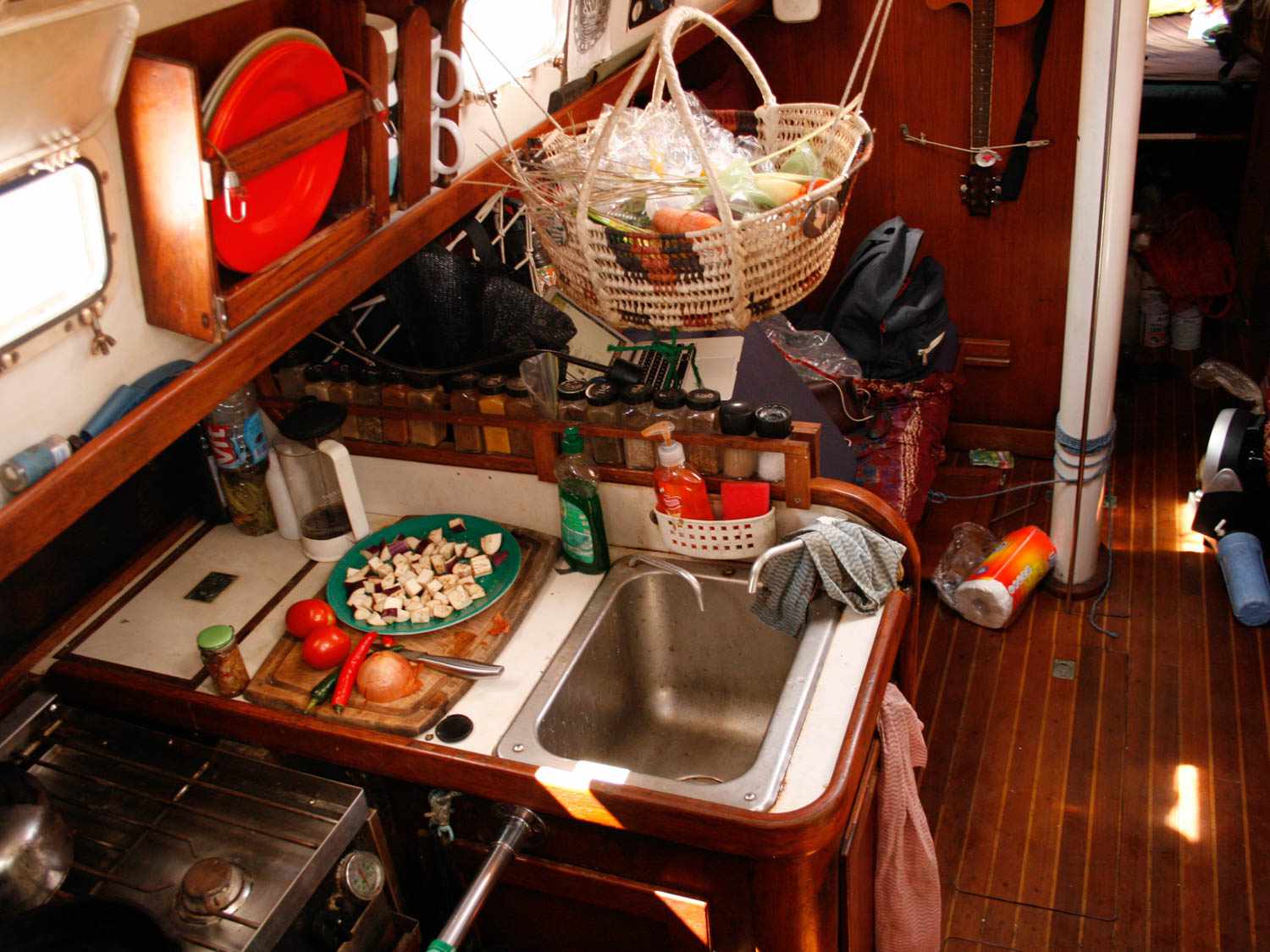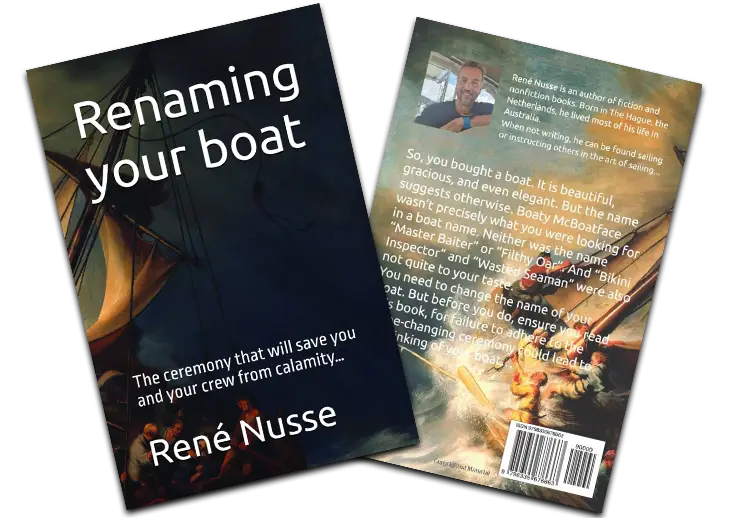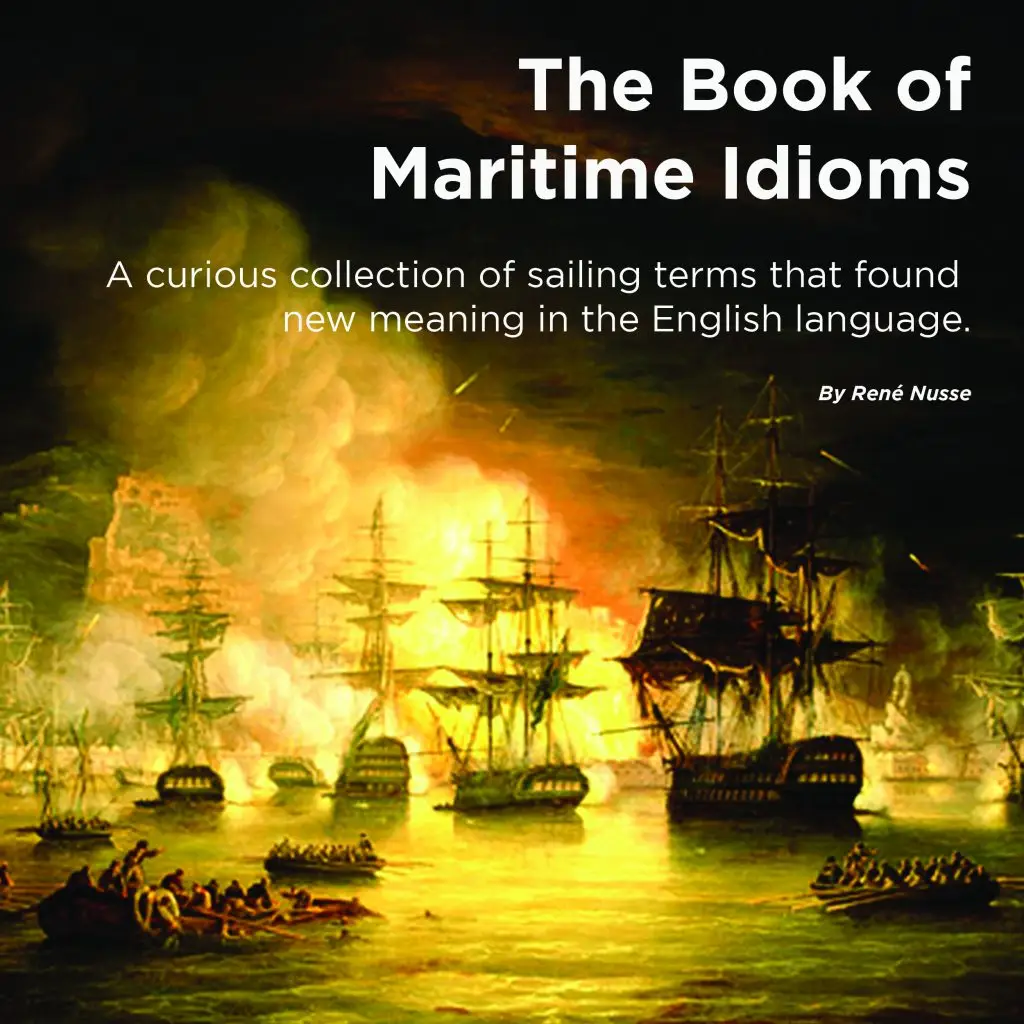What to cook on a sailboat?
Cooking on a sailboat presents unique challenges due to space limitations, movement from waves, and the need for efficient (cold) storage and preparation. Here are some key considerations and tips for cooking safely and effectively while sailing.
1. Safety First
- Gimbal Stove: Most sailboats have a gimbaled stove, which tilts to stay level as the boat moves. Always lock it when not in use.
- Pot Holders & Straps: Use pot clamps, or non-slip mats in calmer conditions, to keep pots and pans from sliding.
- One-Hand Rule: Always keep one hand for the boat and use the other for cooking.
- Fire Safety: Keep a fire extinguisher nearby and know how to shut off the propane system quickly. The same goes for your fire blanket!
- Sharp Objects: Store knives and utensils securely to prevent accidents in rough seas. A strong magnetic strip in a logical, safe place worked well for us.
2. Essential Cooking Equipment
- Two-Burner Stove: Most sailboats have propane or alcohol stoves with two burners. However, with the advance of lithium batteries, induction stoves are now also seen on many modern boats.
- Pressure Cooker: Saves fuel and time and prevents spills.
- Thermal Cooker: Like a slow cooker, it retains heat after boiling, cooking food over time. These are great for cooking something while you are still at anchor. Then, set it aside and enjoy your slow-cooked meal at the next anchorage.
- Marine Grill: This mounts on the stern and is excellent for grilling at anchor. It is also handy for keeping that fishy smell out of your gally.
- Compact Cookware: Stackable pots, silicone bowls, and collapsible strainers save space.
3. Meal Planning & Storage
- Dry Goods: Stock rice, pasta, lentils, and canned goods for long trips.
- Fresh Produce: Choose durable veggies like potatoes, carrots, onions, and cabbage, which last longer.
- Protein: Use canned meats, vacuum-sealed fish, or freeze-dried options.
- Limited Refrigeration: If the fridge is small, focus on long-lasting dairy (hard cheese, powdered milk) and airtight storage.
- Labelling cans of tins: Label your food tins on the top with a sharpy. Unlike cupboards at home, you can identify what is in the tin because the tins are often next to each other. In many storage areas on a boat, you need to stack tins on top of each other so labelling them on the top will save you some digging…
4. Cooking at Sea vs. At Anchor
- While Sailing: Stick to one-pot meals like stews, pasta, and wraps to reduce movement risks. Prepare all your food for the day in the morning so you can grab something ready-made for lunch.
- At Anchor: More flexibility—use the oven, grill, or even bake bread if conditions allow. Get fancy and cheffy because your next fully cooked meal could be some time away.
Easy Sailboat-Friendly Meal Ideas
- One-pot dishes: Chili, stew, risotto, or paella.
- Wraps & Sandwiches: Quick, mess-free meals.
- Rice & Beans: High-energy and easy to cook.
- Pasta with Canned Sauce: Simple and filling.
- Fresh Fish: If fishing, grill or pan-sear fresh catch.

5. Cooking Tips for Rough Seas
- Pre-Cut Ingredients: Before setting sail, chop veggies and portion meals.
- Use a Lid: Prevents spills when the boat rocks.
- Secure Everything: Store food in latching cabinets and use non-slip mats on counters.
- Cold Meals: On really rough days, stick to sandwiches, wraps, or pre-made meals.
Cooking on a sailboat requires some adjustments, but with good planning, it can be enjoyable and rewarding!
See also passage planning, as well as provisioning for long trips.

NAVIGATION RULES CLINIC + BASIC SAIL TRIM COURSE
Author
-

Rene is a keelboat instructor and sailing coach in the Mandurah area WA. He is also the author of several books about sailing including "The Book of Maritime Idioms" and "Renaming your boat".
View all posts


